Autonomous Mobile Robots (AMRs): Revolutionizing Industry with Intelligent Automation
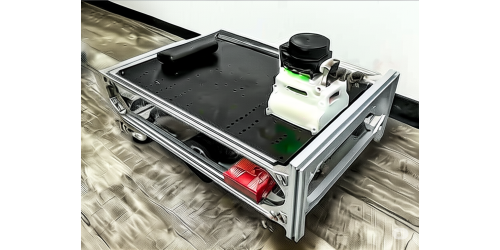
Autonomous Mobile Robots (AMRs): Revolutionizing Industry with Intelligent Automation
Introduction
We are witnessing a transformative era driven by robots and AI, with Autonomous Mobile Robots (AMRs) playing a pivotal role across industries from logistics to commercial operations. This rapidly expanding market is projected to exceed USD 9.5 billion by 2030 with a strong 15% CAGR, fueled by the critical demand for enhanced automation and operational efficiency. This article provides a concise overview of AMR fundamentals, key components, and diverse applications, highlighting how IADIY is empowering innovation in this dynamic field with advanced solutions.
Source: Grand View ResearchThe Dawn of Intelligent Automation: Understanding Autonomous Mobile Robots (AMRs)
1.1 What is an Autonomous Mobile Robot (AMR)?
An Autonomous Mobile Robot (AMR) is a wheeled robotic system designed for independent navigation without requiring fixed physical guides like wires or magnetic strips. AMRs achieve this autonomy through onboard intelligence, leveraging sensor data fusion from various sources suchs as LiDAR, laser rangefinders, IMUs, encoders, and diverse cameras (including RGB, depth, IR, and thermal cameras). Their sophisticated navigation relies on probabilistic algorithms for Simultaneous Localization and Mapping (SLAM) or Visual SLAM (VSLAM). For more advanced applications, AMRs often incorporate Edge AI and edge computing capabilities, which provide specialized functionalities such as enhanced perception and optimized decision-making beyond the robot's core operational processing. This comprehensive perception system facilitates real-time mapping, dynamic obstacle detection, and adaptive path planning. It's this autonomy that positions AMRs for widespread application in numerous fields.
Autonomous Mobile Robots (AMRs)
- Navigates independently using onboard maps (SLAM) and sensor suites.
- Dynamically plans paths, rerouting around obstacles in real-time.
- Intelligently avoids obstacles, continuing missions autonomously.
- Highly flexible, adapting to changing environments.
- Minimal infrastructure needed; rapid deployment.
1.2 Types of Autonomous Mobile Robots (AMRs)
AMRs come in diverse forms, each specialized for distinct operational mandates within various robotics applications:
- Pallet Jack/Forklift AMRs: Autonomous lifting and transport of palletized loads for intra-logistics optimization.
- Tugger/Tow AMRs: High-volume material transport via towing multiple carts in factories/logistics hubs.
- Undercarry AMRs: Low-profile robots for lifting and transporting mobile racks, enhancing storage density and goods-to-person fulfillment.
- Cleaning AMRs: From industrial spaces to homes, these autonomous robots handle cleaning tasks efficiently, improving hygiene and freeing up human effort.
- Security & Inspection AMRs: Integrate advanced sensors and cameras for autonomous patrolling, monitoring, and anomaly detection, augmenting human security.
The Brains Behind the Bots: A Technical Overview of AMR Architectures
The sophisticated capabilities of an AMR stem from its integrated hardware and software. Autonomy in these robots is achieved via a continuously executing perception-action loop, often leveraging edge computing for real-time performance:
- Sense: Real-time data acquisition from diffenrent sensors including LiDAR, various cameras (RGB camera, thermal camera), laser rangefinders, and IMUs. Preprocessing, involving techniques from Computer Vision (CV) and often enhanced by Edge AI capabilities, is performed for noise reduction and feature extraction, creating a dynamic environmental representation crucial for SLAM (including VSLAM) and dynamic obstacle detection. Edge AI here supports the speed and efficiency of data processing directly on the device.
- Plan: Motion planning algorithms (e.g., A*, RRT) compute optimal, collision-free trajectories from the current pose to the target. This step incorporates algorithms that draw from AI to facilitate dynamic replanning, enabling the robot to adapt to environmental changes or unexpected obstacles and navigate intelligently.
- Act: Planned trajectories are translated into low-level kinematic commands for actuators. Closed-loop control systems execute precise movements, ensuring accurate path following, stability, and real-time course correction using encoder and IMU feedback, allowing the robot to perform its tasks efficiently.
The AMR Sense-Plan-Act Cycle
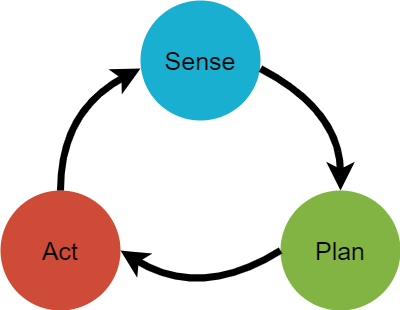
Deeper Dive: Visual Simultaneous Localization and Mapping (SLAM)
Visual SLAM (vSLAM) specifically leverages camera data (monocular, stereo, or RGB-D) for mapping and localization. For AMRs, robust SLAM integrates heterogeneous sensor data from LiDAR, camera, and IMU. Probabilistic graphical models and optimization manage uncertainty, mitigating localization drift. Advanced SLAM variants (Graph SLAM, FastSLAM, LSD-SLAM, ORB-SLAM) are chosen based on environment and computational constraints. SLAM accuracy is paramount for reliable, safe navigation in dynamic, human-centric environments, a core pillar of modern robotics.
The Physical Foundation: Essential Hardware Components of an AMR
Robust hardware forms an AMR's backbone, translating digital intelligence, which can be enhanced by AI and edge computing functionalities, into physical action. These components are responsible for data acquisition, processing, and locomotion, defining the physical capabilities of the robot:
Various AMR Sensors (e.g., LiDAR, RGB Camera, Laser Rangefinders, Thermal Camera)
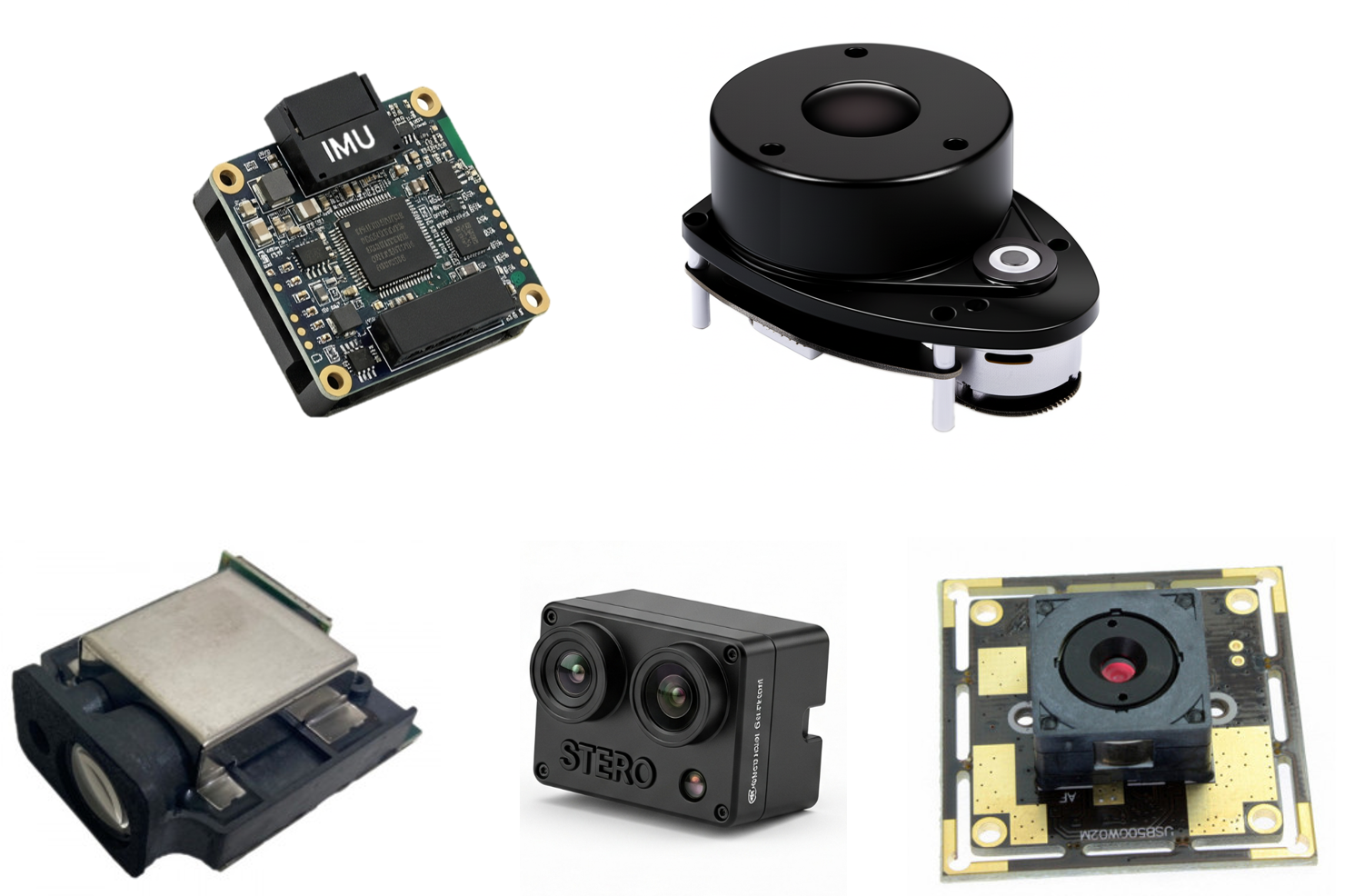
- Sensors: The primary perceptual interface for environmental understanding, self-localization, and obstacle avoidance for the robot.
- LiDAR & Laser Rangefinders: 2D/3D LiDAR scanners and laser rangefinders provide high-resolution depth data, crucial for mapping, localization via scan matching, and dynamic obstacle detection.
- Cameras: RGB camera, RGB-D, and Stereo cameras are used for visual data, object recognition, vSLAM, and detailed 3D perception.
- IMUs & Wheel Encoders: IMUs (Inertial Measurement Units), which include accelerometers and gyroscopes, are used for measuring the pose (orientation and position) of the robot; wheel encoders provide precise motion tracking and localization refinement, essential for accurate robot movement.
- Thermal Cameras: Specialized for environments with low or no visible light (smoke, fog, complete darkness) or for detecting heat signatures (e.g., identifying overheating machinery, presence of living beings), crucial for safety and inspection in challenging conditions for the AMR.
- Processing Units (Embedded Systems): These units serve as the onboard computational core for real-time sensor data fusion, SLAM, motion planning, and other critical functions. While AI/ML inference can be performed here to provide specialized, additional functionalities, the core processing unit itself manages the overall operation. These are often heterogeneous (CPUs, GPUs, NPUs/FPGAs) to support optimized Edge AI capabilities, enabling rapid, on-device data processing for specialized tasks like thermal anomaly detection or immediate threat assessment without relying on cloud processing – a core aspect of edge computing.
- Actuators & Drive Systems: Translate motion commands into physical movement. Precision motors and drive configurations (differential, omnidirectional, mecanum) provide the necessary maneuverability for a wheeled robot.
- Power Management Systems: High-density batteries, Battery Management Systems (BMS), and smart charging solutions are vital for continuous, minimized downtime operation of the AMR.
- Communication Modules: Wi-Fi, 5G, and mesh networks enable real-time data exchange with fleet management systems, cloud services, and other interfaces, supporting the robot's integration into larger operational networks.
- Chassis & Mechanical Design: The physical structure designed for load-bearing, stability, durability (IP ratings for environmental protection), and modularity for serviceability, ensuring the robot's longevity.
The Intelligence Within: Software Systems of an AMR
Software governs an AMR's intelligence, autonomy, and coordination, orchestrating its perception-to-action cycle. Key software components include:
- ROS/ROS 2 & Middleware: The Robot Operating System (ROS) and its successor (ROS 2) provide a flexible, open-source framework for hardware abstraction and inter-process communication, forming the backbone of many AMR software architectures.
- Perception & Computer Vision: This module processes sensor data (LiDAR, various cameras) for environmental understanding, object detection, and sensor fusion, including Visual SLAM (vSLAM) for mapping and localization.
- SLAM & Navigation Stack: Often implemented using **Nav2 (Navigation Stack)** in ROS 2, this component builds accurate maps, localizes the robot, plans optimal trajectories, and performs real-time obstacle avoidance for safe and intelligent navigation.
- Task & Mission Planning: Translates high-level goals into executable tasks, managing scheduling and resource allocation, often incorporating AI for complex decision-making.
- Specialized Robotics Software (e.g., NVIDIA Isaac ROS): For advanced AI robotics, platforms like **NVIDIA Isaac ROS** offer CUDA-accelerated packages and AI models. These optimize performance for high-throughput perception, robust object detection, and motion planning, leveraging GPU acceleration for efficient development and deployment.
- Human-Robot Interaction (HRI) Interfaces: GUIs and mobile applications for intuitive control and fleet management.
- Functional Safety & Cybersecurity: Implements redundant safety mechanisms and robust cybersecurity measures for secure and reliable operation.
ROS2 Interface with data from laser scanner
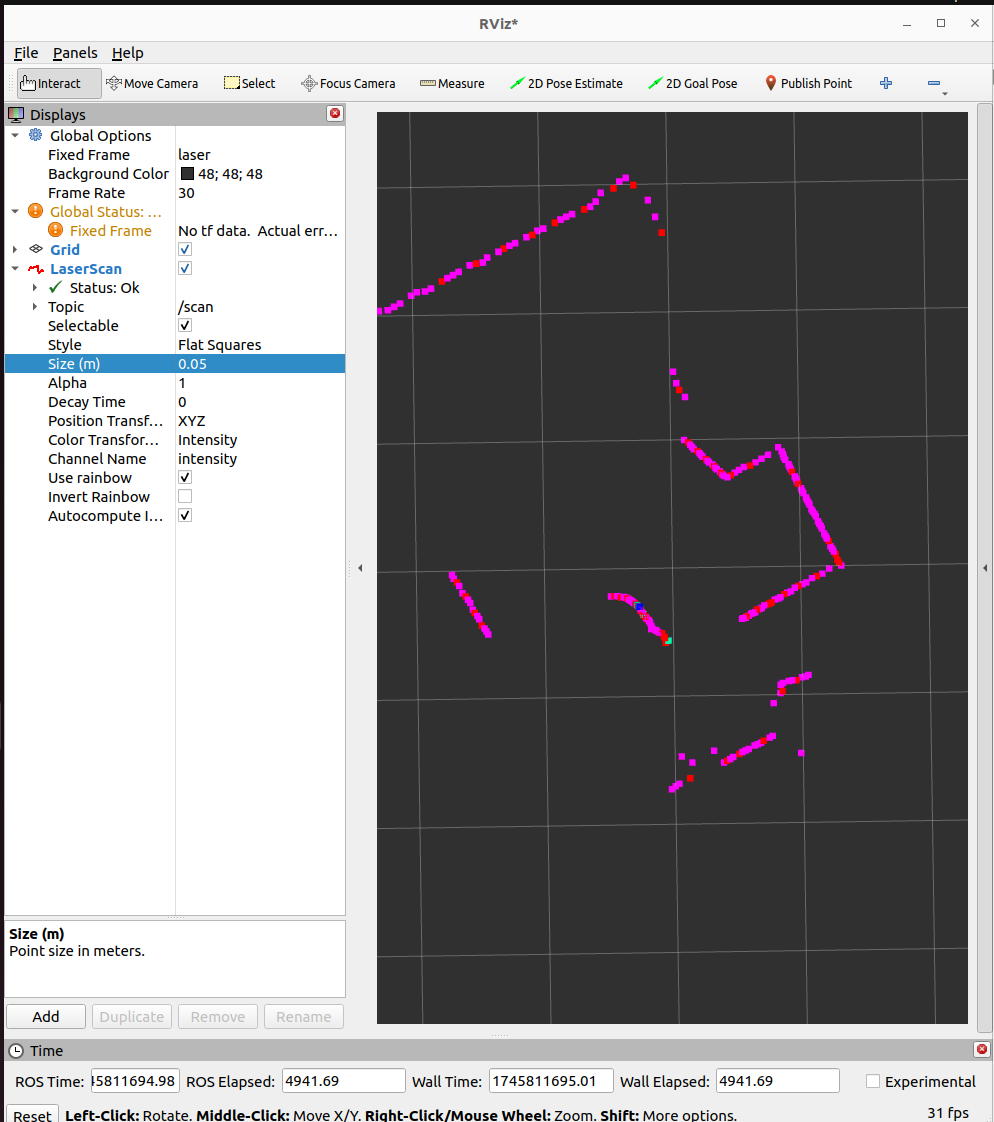
AMR in Action
Autonomous Mobile Robot in operation
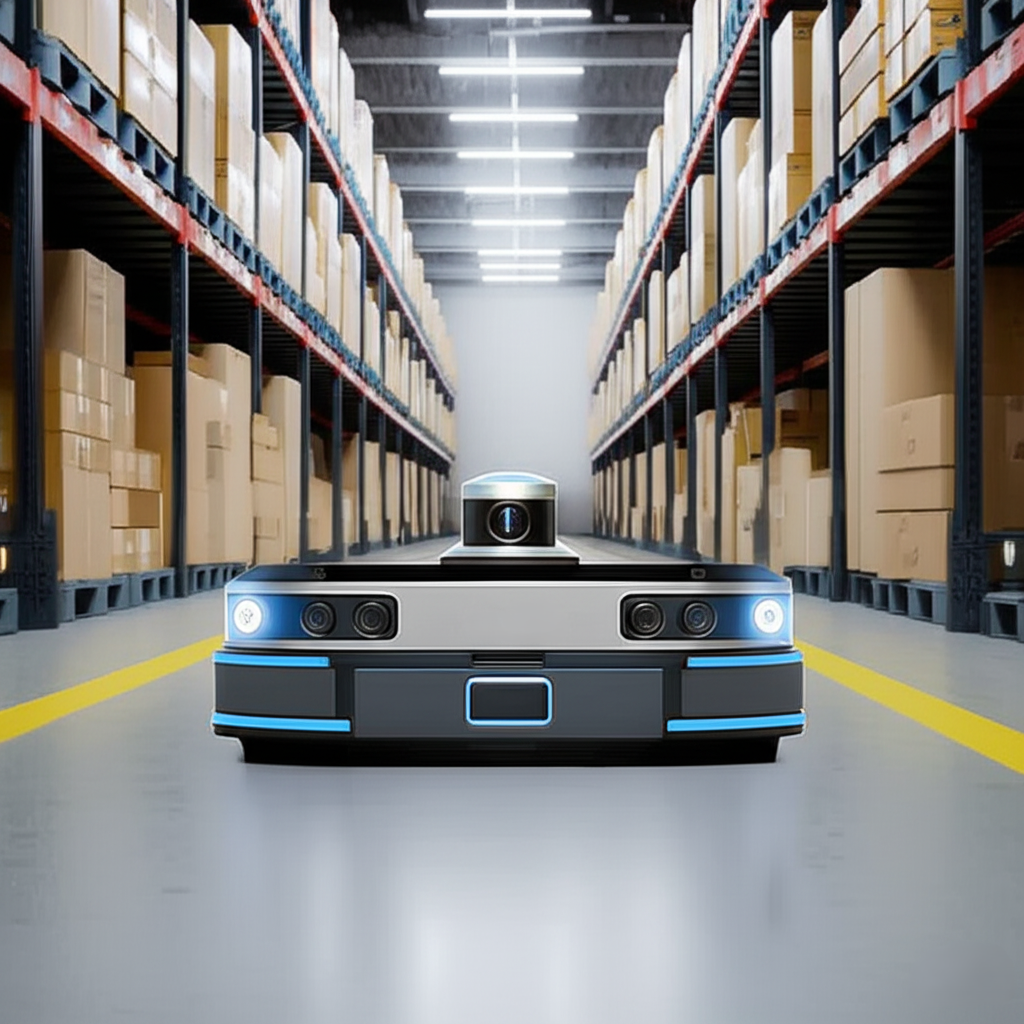
Elevate Your AMR: Empowering Autonomy with IADIY Optics, Photonics, and Embedded Computing
Standard AMR components provide foundational capabilities, but next-level autonomy, precision, and reliability in robotics demand high-performance solutions. IADIY aims to deliver cutting-edge optics, advanced photonics, and robust embedded computing, meticulously engineered to help build truly intelligent, resilient, and future-proof AMRs that can set new market benchmarks.
IADIY's photonics

How IADIY Enhances Your AMR Capabilities:
- Superior Optics & Photonics for Enhanced Perception:
- Clear Vision: Precision-engineered optics (high NA lenses, robust sensors) aim to ensure superior data ingress for SLAM and deep learning object recognition via advanced Computer Vision (CV). This includes the provision of high-quality cameras (both RGB camera module and specialized units) crucial for precise Visual SLAM (vSLAM), enabling unparalleled spatial accuracy and environmental semantic understanding, even in challenging conditions.
- Unmatched Range & Resolution: Advanced photonics in LiDAR and camera systems aim to elevate sensor performance, extending range, enhancing resolution, and reducing noise. This includes robust support for high-fidelity thermal cameras for specialized applications (e.g., low-light navigation, heat signature detection, predictive maintenance by identifying thermal anomalies), facilitating confident robot navigation in dynamic operational domains.
- Industrial-Grade Durability & Reliability: Engineered for extreme resilience against vibrations, temperature, humidity, and 24/7 operation, aiming to maximize uptime and minimize maintenance for your AMR fleet.
- Powerful Embedded Computing for Real-time Intelligence:
- Unleash Computational Power: High-performance embedded platforms deliver the necessary horsepower for demanding real-time AI/ML inference. This facilitates advanced navigation, complex sensor fusion, and ultra-low-latency decision-making that supports human-like robot behaviors in your AMR.
- Edge AI Acceleration & Reduced Latency: Optimized for on-device processing and deep learning inference directly at the edge. This significantly curtails data transfer latency and cloud reliance, which is critical for mission-critical operations, especially for real-time thermal analysis and immediate environmental assessment. Our edge computing solutions further aim to enhance your robot's ability to act on insights instantly, providing an additional layer of intelligent functionality.
- Compact, Robust, & Thermally Managed Design: Engineered for seamless, spatially efficient AMR integration, with advanced thermal management for sustained peak performance in harsh industrial use.
- Seamless Connectivity & Software Integration: Comprehensive connectivity and direct compatibility with ROS 2 and enterprise systems. This aims to streamline development, accelerate deployment, and enhance operational efficiency of the entire robotics ecosystem.
Benefits of Partnering with IADIY:
- Accelerate Development: Leverage pre-validated, integrated hardware solutions to compress R&D cycles and shorten time-to-market for your new robotics projects.
- Benefit from Customization & Expertise: Dedicated experts aim to tailor solutions to unique AMR needs, providing unparalleled technical support and collaboration in advanced robotics.
- Future-Proof Your Fleet: Equip AMRs with advanced capabilities for complex tasks and unpredictable environments, aiming to ensure long-term relevance and ROI in the evolving landscape of intelligent robotics.
Ready to architect the next generation of intelligent, highly capable AMRs? Explore how IADIY's cutting-edge optics, photonics, and high-performance embedded computing solutions can fundamentally elevate your autonomous mobile robot deployments and provide you with a significant, sustainable competitive advantage.
Conclusion
AMRs are a fundamental, evolving component of modern industrial and logistical ecosystems, driving unprecedented efficiency, safety, and flexibility. These robots are reshaping the future of work across global industries, akin to advanced autonomous vehicles like the concept of a RoboTaxi. To unlock their full transformative potential, the underlying technology, particularly Edge AI and robotics, must be sophisticated and reliable, with AI capabilities serving to augment the robots' core functionalities. By integrating IADIY's superior optics, photonics, and high-performance embedded computing, enterprises are empowered to equip their AMRs with unparalleled perception, formidable processing power, and immutable operational robustness, ensuring these robots define tomorrow's automated landscapes. Embrace the vanguard of automation with IADIY's leading-edge solutions. Let us collectively engineer the future of intelligent autonomy.

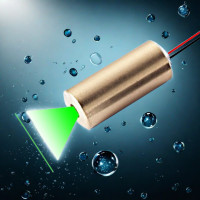
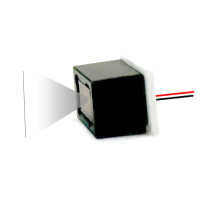
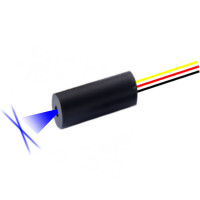
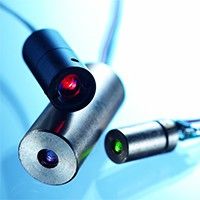

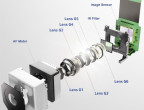
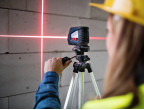


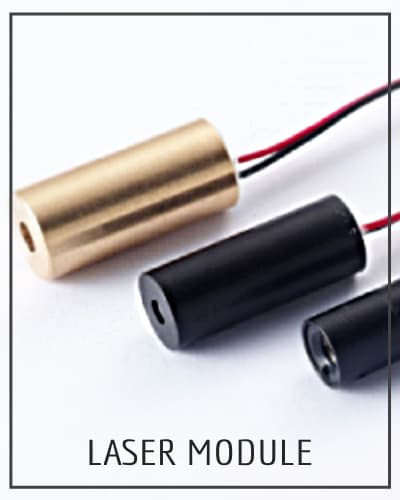
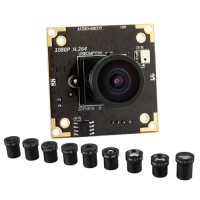
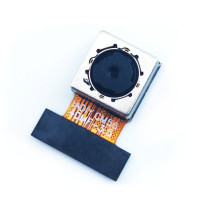
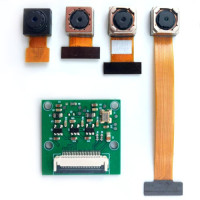



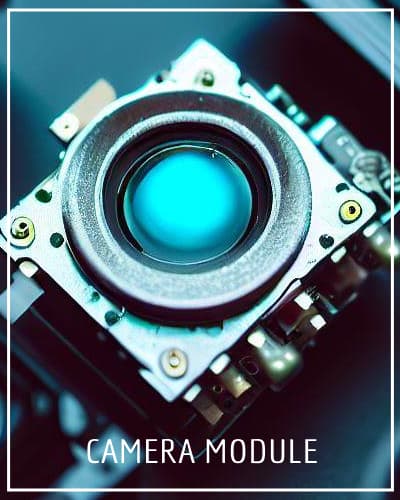







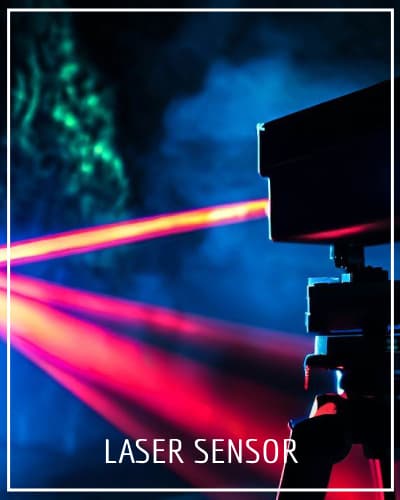



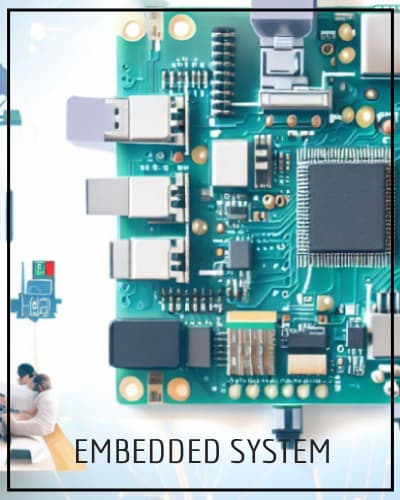

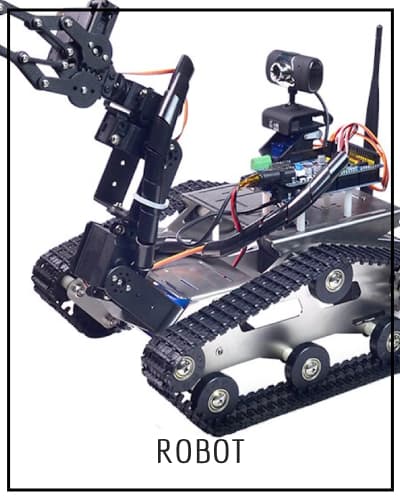







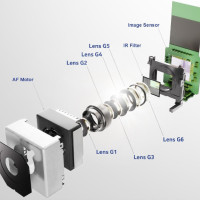








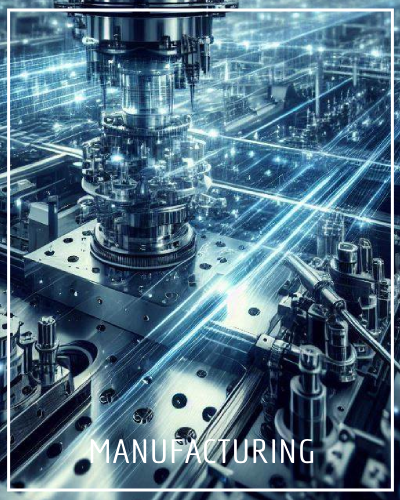





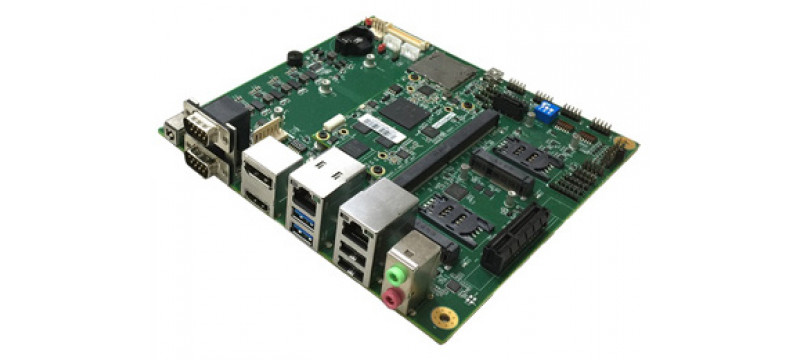

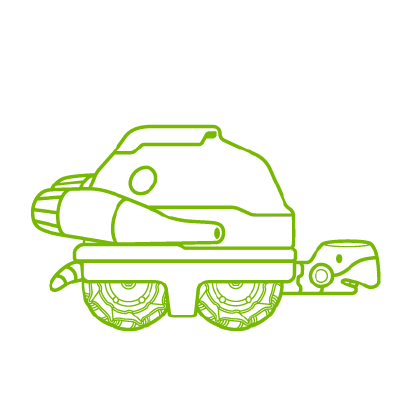
Leave a Comment